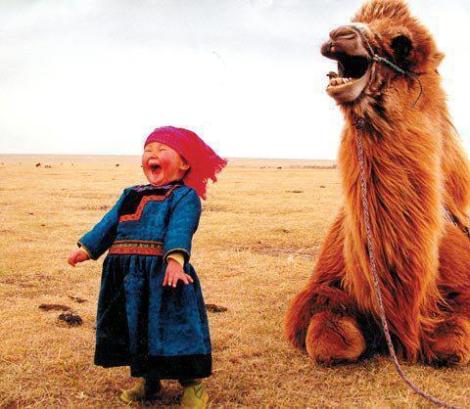Hot On the Heels of The Good Life
“The Good Life.” Sounds like a reasonable desire. It also sounds rather vague, and highly subjective. Yet we must define it somehow, if we are to determine whether or not it has been obtained.
Is it, as Warren G suggests, money, fast cars, diamond rings, gold chains, and every other thing? Is it houses, expenses, fancy clothes, and vacations to Paris?
Experts in the field of Positive Psychology suggest that the answer is NO. While these material supplements may be impressive, and fun for awhile, there is a mechanism in the human mind known as The Satisfaction Treadmill.
As humans, one of our key selling points is an amazing ability to adapt to change. Like many talents, however, it has the potential to work both for and against us. We are like walking hedonic “thermometers.” When something feels good our pleasure “temperature” rises, and when something feels bad our pleasure “temperature” drops. As in any climate, repeated exposure results in adaptation (Frederick & Loewenstein, 1999). Although this adaptation to pleasure is almost universal, the drop in “temperature” still catches us by surprise—and so, we go looking for another high. The Satisfaction Treadmill finds us constantly running toward that next pleasurable thing, which, once adjusted to, loses its luster.
A study published in TIME magazine reveals that happiness is more closely tied to healthy relationships with family and friends than with material possessions or even career achievement. So perhaps The Good Life is to be found in the company of loved ones. Then again, a satisfying career and material stability seem to keep loved ones around—especially as we are able to give back to community, support our passions, and ensure our futures.
Each of us has unique goals, and reasons for pursuing them. It would be narrow-minded and short-sighted to insist on outward generalization; what’s good for you and what’s good for me are often two very different things (and they should be, if biodiversity has anything to teach us). So what’s The One Ring, that all-powerful, underlying framework with the capacity to hold them all?
You can have nice things, a rewarding career, and a house full of companions. But nothing outside of yourself will truly define your good life. Happiness is an inside job. If you truly feel good on the inside, your perceived life experience will directly reflect it. Feeling good is the happy side-effect of taking good care: nourishing your body, mind, and spirit. From here, your navigation is empowered and your vision enhanced. You can see your way to the life that is good for you.
If beauty is in the eye of the beholder, then good is in the “I” of your behavior. The choices you make on a daily basis—the who-what-when-where-and why of it all—represent the ultimate investment, and they accrue in the most interesting manner…
So, what is The Good Life?
It’s what you make of it.








